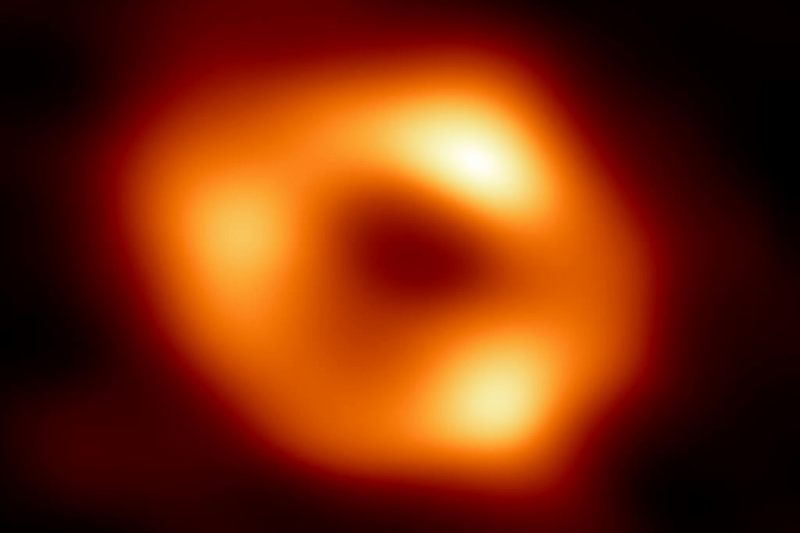
An international space project backed by Taiwan’s foremost non-teaching research university just photographed a black hole millions of light-years away. The international astronomical initiative of which Taiwan’s Academia Sinica (Central Research Academy) is a member, photographed a black hole located at the centre of the Milky Way galaxy. The released image would count as one of the first real-life photographs that prove the existence of a black hole.
The space initiative is called the Event Horizon Telescope (EHT) collaborative effort. The multinational group comprises 13 distinct research institutions from all over the world. Thanks to its powerful telescopes, the collaborators were able to zero in on Sagittarius A * image (SgrA*), that of a huge black hole right at the galaxy’s centre located nearly 27,000 light-years from the planet, said James Liao, Academia Sinica President.
With the Academia Sinica as one of the 13 members of the EHT, we have again shown Taiwan’s continued role in the world’s most important scientific discoveries.
– James Liao, President, Academia Sinica
By sheer size alone, this black hole is dwarfed by another black hole that has been captured years before, the M87*. This larger black hole was captured way back in 2019 by the same EHT team. However, though it’s supermassive, the M87* is much harder to find.
The SgrA*, therefore, provides a more concrete proof. Though the M87* is more massive with a size 6.5 billion times bigger than the Earth’s sun, it’s located approximately 55 million light-years away. Thus, even when the SgrA* is much smaller sized with a mass estimated at 4 million times that of the sun, it’s much closer at 27,000 light-years away.
Liao announced at a press conference that the image is direct proof of previous scientific work that sought to provide evidence of the existence of a black hole right at the centre of the galaxy. That monumental work was awarded a Nobel Prize for Physics in 2020.
The EHT initiative has been making waves since being established in 2017. At its core, the project is a collaboration of global proportions. It is a globally-synchronised network of radio waves observatories that track down black holes. It studies how matter disappears into the galaxy wormhole.
The collab, in turn, functions as one giant telescope amplifying the ability to detect black holes trillions of miles away. These telescopes include the Greenland Telescope, the ALMA telescope in Chile, and the Submillimeter Array (SMA) in Hawaii.
















